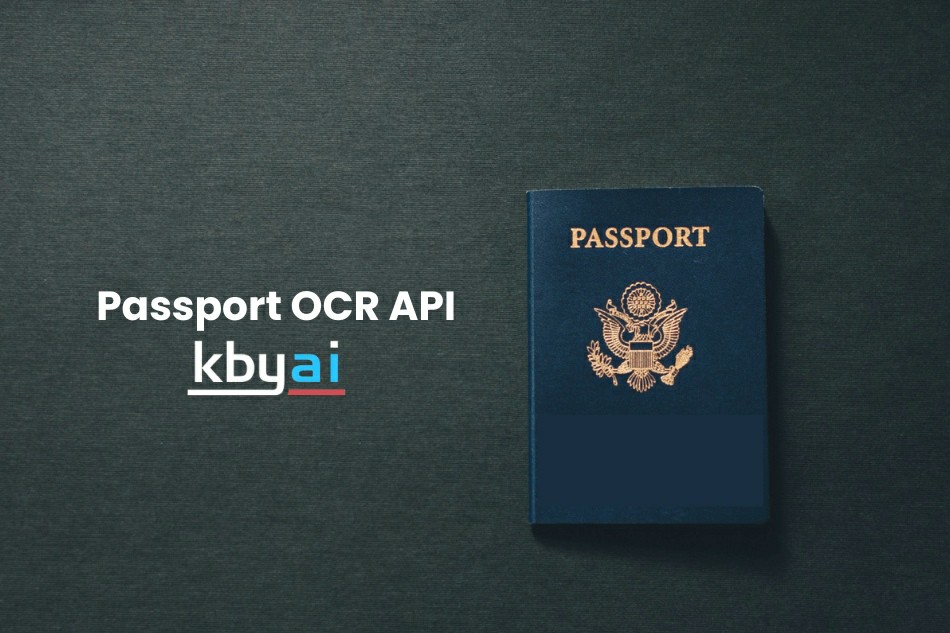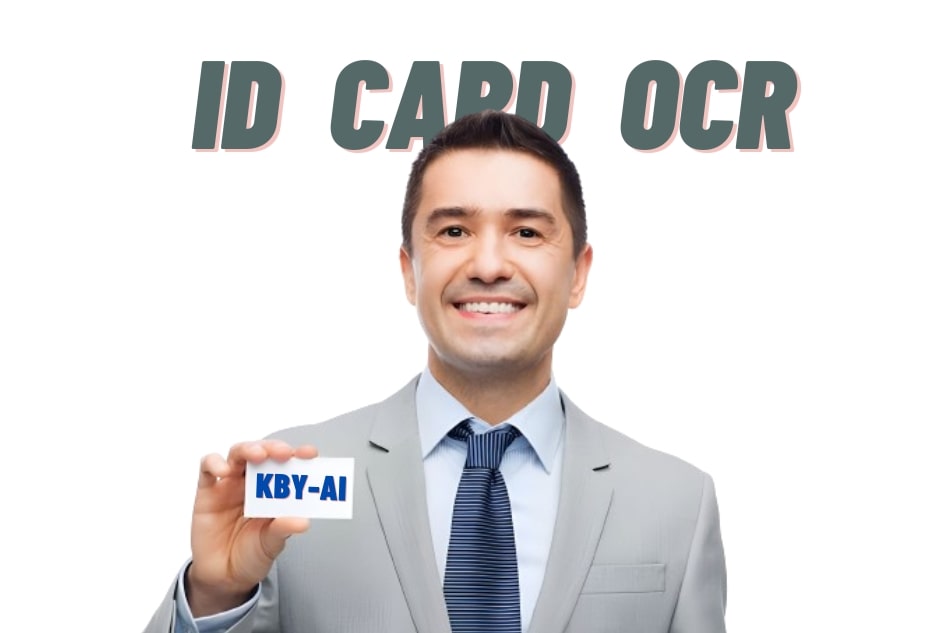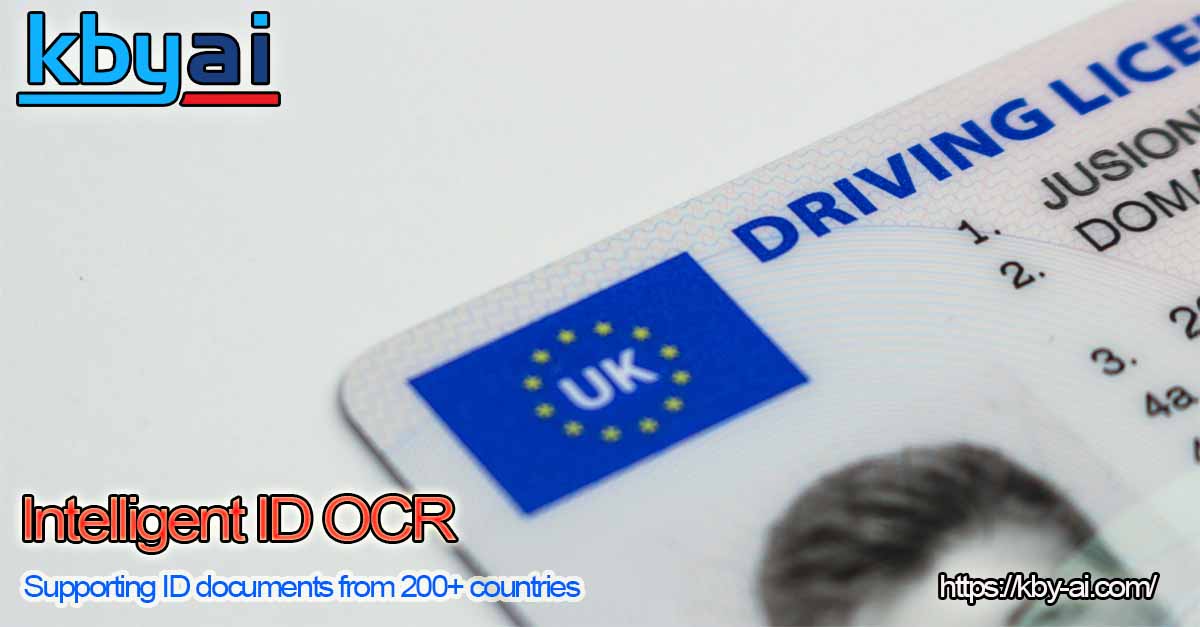The ID card recognition process involves using optical character recognition (OCR) technology to extract data from an ID card.
This process automates data entry and enhances security by verifying the authenticity of identification documents.
Nowadays, the ability to quickly and accurately identify individuals is critical, and the ID card recognition process plays a pivotal role in this.
Utilizing state-of-the-art OCR technology, the system scans and reads the data on an ID card, such as name, date of birth, and ID number.
This method contributes to a seamless verification procedure that is not only efficient but also reduces the likelihood of human error.
It finds wide application in various sectors including banking, hospitality, and airport security, significantly streamlining operations that require identity checks.
The technology shines in providing a secure and reliable means of managing personal identification, offering an additional layer of security to combat identity fraud.
As digital transformations continue to advance, the importance of an effective ID card recognition system becomes increasingly evident for organizations prioritizing speed, accuracy, and security in their operations.
The Evolution Of ID Card Security
Shift From Visual Checks To Advanced Recognition
Years ago, verifying an individual’s identity relied heavily on visual inspection of ID cards by security personnel.- Transition to Machine-Readable Technologies
- Implementation of OCR Systems
- Adoption of NFC and RFID for Contactless Verification
Incorporation Of Biometrics And Chip Technology
The incorporation of biometric identification into ID cards represents a significant leap in security.| Biometric Feature | Security Aspect | Usage |
|---|---|---|
| Fingerprint | Highly Individual | Access Control, Transactions |
| Facial Recognition | Non-intrusive | Surveillance, Device Unlock |
| Iris Scan | Hard to Forge | High-Security Areas, Banking |
Bridging Past And Present In Id Verification
Contrasting Traditional Methods With Modern Id Card Recognition
- Visual Inspection vs. Automated Scanning: Where once manual checks were the norm, today’s advanced scanners interpret data in seconds.
- Physical Comparisons vs. Digital Authentication: What used to rely on human judgment now benefits from digital precision, reducing human error.
- In-person Verification vs. Remote Processes: The necessity for physical presence has been replaced by the convenience of online authentication.
The Role Of Technological Advancements
The leap from manual to digital ID verification did not happen overnight. It was made possible by significant technological advancements, shaping a smarter and more secure future. These include:| Technology | Impact |
|---|---|
| Machine Learning | Enhancing the accuracy of pattern recognition and anomaly detection. |
| Biometrics | Adding layers of security through unique physical attributes. |
| Blockchain | Offering decentralized verification methods, enhancing privacy and trust. |
Necessity Of The Id Card Recognition Process

Growing Security Concerns
Security threats are evolving at an alarming rate, making the robust verification of identities non-negotiable.The Significance In Various Sectors
Finance
In the financial sector, ID card recognition is pivotal for compliance with Know Your Customer (KYC) and anti-money laundering (AML) regulations. It helps to:- Prevent financial fraud
- Streamline customer onboarding processes
- Secure transactions and maintain customer trust
Education
Educational institutions harness the power of ID card recognition process for multiple purposes, including:- Monitoring student and staff attendance
- Enhancing campus security
- Facilitating seamless access to facilities and services
Government
ID card recognition process is indispensable for governmental agencies. From border control to voting systems, it ensures:
| Objective | Benefit |
|---|---|
| Validation of citizens’ identities | Increases operational efficiency |
| E-governance services | Enhances public service delivery |
| National security measures | Helps in safeguarding against terrorism |
Id Card Recognition Process In Action
Step-by-step Walkthrough Of The Recognition Process
Understanding the ins and outs of the ID Card Recognition Process is essential for grasping its effectiveness. Here’s a step-by-step guide to how it works:- Capture: The process initiates with the physical or digital capture of the ID card using a scanner or a camera.
- Image Preprocessing: The acquired image goes through adjustments like denoising, sharpening, and alignment for optimal recognition.
- Data Extraction: Advanced OCR (Optical Character Recognition) technology extracts textual data from the card, such as name, ID number, and expiration date.
- Validation: The system then checks the extracted data against predefined patterns and databases to authenticate the ID card’s validity.
- Output Generation: Once validated, the relevant data is compiled into an easily accessible digital format for further processing.
Integration With Security Systems
The real power of ID Card Recognition Processlies in its seamless integration with existing security systems. Incorporating this process provides enhanced layers of protection in a variety of ways:- Access Control: It serves as a key component in controlling access to restricted areas based on verified identities.
- Event Logging: Every recognition event is logged, creating a traceable record of entries and exits that is vital for security audits.
- Alarm Triggers: The system can be configured to trigger alarms for unauthorized access attempts or flagged ID cards, enabling immediate response.
- Real-time Monitoring: The inclusion of recognition technology facilitates real-time surveillance and monitoring of individuals within a facility.
Seamless Integration Of Recognition Technologies
How Recognition Software Blends With Existing Protocols
The key to successful technology implementation lies in seamless integration.- Interoperability: Modern recognition systems are designed to be compatible with various platforms and devices, ensuring smooth functionality across different environments.
- API Access: Through well-documented APIs, recognition software can be easily connected with existing databases and applications.
- Minimal Training: The intuitive nature of ID recognition technology means quick adoption for staff, reducing the learning curve and operational downtime.
- Customization: Tailor-fitted solutions are possible, so the software aligns with the unique needs of the organization, assuring a perfect fit into the current workflow.
Case Studies Of Successful Implementation
Real-world applications serve as testimony to the potential of recognition technology’s integration. Let’s look at how different sectors have benefited:| Industry | Use Case | Outcome |
|---|---|---|
| Financial Services | Automated customer identity verification for account opening | Reduced wait times and fraudulent accounts |
| Healthcare | Patient identification and record matching | Improved patient data management and reduced clerical errors |
| Education | Streamlined student and staff check-ins | Increased campus security and efficient attendance tracking |
Enhancing Security With Error Reduction
Analysis Of Accuracy Improvements In Id Recognition
The accuracy of ID recognition systems has seen significant improvement with the integration of advanced algorithms and machine learning technologies. By examining the evolution of these systems, several key enhancements stand out:- Optical Character Recognition (OCR): Enhancements in OCR allow for the precise capture and conversion of ID text into digital formats with minimal errors.
- Biometric Analysis: The implementation of biometrics, like facial recognition and fingerprint scanning, adds an additional layer of accuracy to the verification process.
- Machine Learning: Adaptive machine learning algorithms can now learn from past ID scans, continuously improving the system’s ability to detect anomalies and reduce false positives.
- Liveness Detection: Advanced systems incorporate liveness detection to prevent fraud through the use of photos or other replicas.
Impact On Fraud Prevention And Data Security
The direct benefits derived from enhanced accuracy in ID recognition are a robust frontline defense against fraudulent activities and a veritable shield for data security. Here’s how these systems make a difference:- Stringent Verification: Tighter verification protocols dissuade fraudulent attempts at identity theft, directly impacting the integrity of the security infrastructure.
- Real-Time Authentication: The ability to authenticate IDs in real-time ensures immediate detection of false documents, cutting down potential breaches at the access point.
- Secure Data Management: With improved recognition processes, data management becomes more secure due to the reduced risk of misidentified individuals gaining access to sensitive information.
- Regulatory Compliance: As organizations must adhere to multifaceted compliance mandates, enhanced ID recognition aids in meeting these strict guidelines, avoiding legal repercussions and maintaining trust.
Challenges And Solutions In ID Recognition

Technological Barriers And Overcoming Them
ID recognition technology faces a variety of obstacles that can hinder its effectiveness. These technological barriers often stem from:- Quality of ID Images: Low-resolution images or inconsistent lighting can profoundly affect accuracy.
- Diverse ID Formats: The multitude of ID types and formats across different regions and countries adds complexity.
- Software Limitations: Some recognition systems struggle with the intricacies of character recognition on various ID documents.
- Advanced Machine Learning: Implementing sophisticated algorithms enhances the ability of the system to learn from diverse ID formats.
- Improved Image Preprocessing: Using software that can adjust and correct image anomalies ensures higher accuracy during recognition.
- Regular Updates: Staying abreast of new ID formats and updating software accordingly ensures adaptability.
Privacy Concerns And Regulatory Compliance
Participants in the ID recognition sphere must navigate a landscape rife with privacy concerns.- Data Encryption: Encrypting personal data during transmission and storage is non-negotiable for privacy.
- Minimal Data Retention: Retaining only necessary data for the shortest time required is a crucial practice.
- Regulatory Compliance: Keeping abreast of and adhering to international, federal, and state regulations is essential for lawful operation.
The Future of the ID Card Recognition Process

Predictions About Biometric Advancements
Biometric technologies are on the cusp of transforming ID card recognition process by leaps and bounds.- Integration of Behavioral Biometrics: Shortly, behavioral traits like typing patterns, gait, and even interaction with devices will supplement physical biometrics, fine-tuning personal identification to its minutest detail.
- On-the-go Biometric Authentication: Rapid advancements in mobile technology suggest that ID card recognition process could become as simple as a glance at a smartphone or a brief touch on a sensor, facilitating an anytime, anywhere approach to identity verification.
- Self-Sovereign Identity (SSI) Systems: The adoption of blockchain technology could empower users to control their identity data, sharing it securely through SSI systems that champion privacy and user autonomy in ID card recognition processes.
Innovations Poised To Further Enhance Security
As we look forward, security remains a paramount concern in ID card recognition process. Innovations are consistently being nurtured to fortify defenses against identity fraud and unauthorized access.- Advanced Encryption: Next-generation ID systems are expected to incorporate robust encryption methodologies that will make data breaches and thefts incredibly difficult for cybercriminals.
- Adaptive Authentication: Implementing context-aware security layers that adapt to different scenarios can drastically reduce the risk of unauthorized access. This system learns and reacts to a user’s patterns, demanding additional verification when anomalies are detected.
- Artificial Intelligence: AI is set to play a pivotal role in ID card recognition process, with machine learning algorithms constantly improving the accuracy of biometric scans and the efficiency of anti-fraud measures.
Frequently Asked Questions Of ID Card Recognition Process
What Is An ID card Recognition Process?
An ID Card Recognition Process refers to the use of technology to automatically detect, read, and verify information from an identification card. This process often employs Optical Character Recognition (OCR) to extract text and data from ID cards for authentication purposes or data entry.
How Does ID Card Recognition Work?
ID card recognition works by scanning the ID card, using OCR technology to read the card’s text and photo, and then verifying this information against databases or predefined criteria. This process aids in automating identity verification and streamlining check-in or access control systems.
Why Is ID card Recognition Process Important?
ID card recognition Process is important for security and efficiency. It helps organizations quickly verify identities, reduce manual data entry errors, and enhance customer experiences by speeding up the verification process during sign-ups, access control, or transactions.
What Industries Benefit From ID recognition Technology?
Industries like banking, hospitality, law enforcement, and travel benefit from ID recognition. They use it for secure customer onboarding, identity verification, access control, and regulatory compliance, ensuring a higher level of security and operational efficiency.
Conclusion
Navigating the ID card recognition process is now simpler than ever. Advanced software solutions bring efficiency to your doorstep. Ensure the accuracy and security of identity verification in your operations. Embrace the technological advancements and enjoy seamless integration into your systems.
Step into the future of authentication with confidence.


